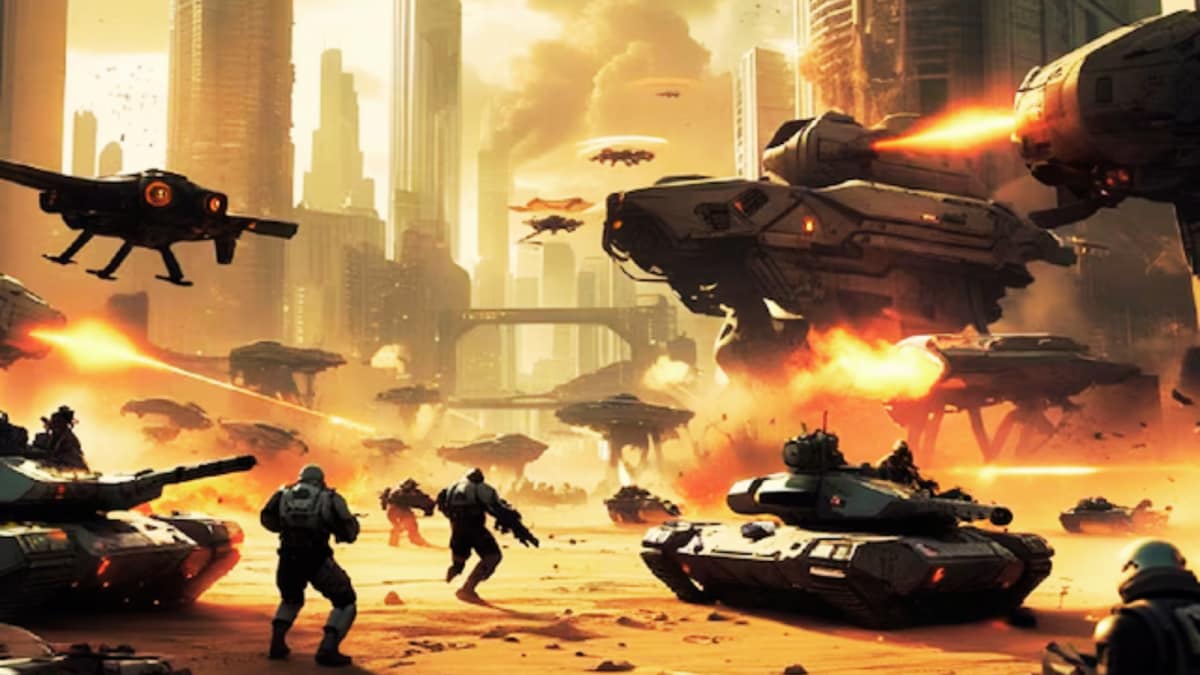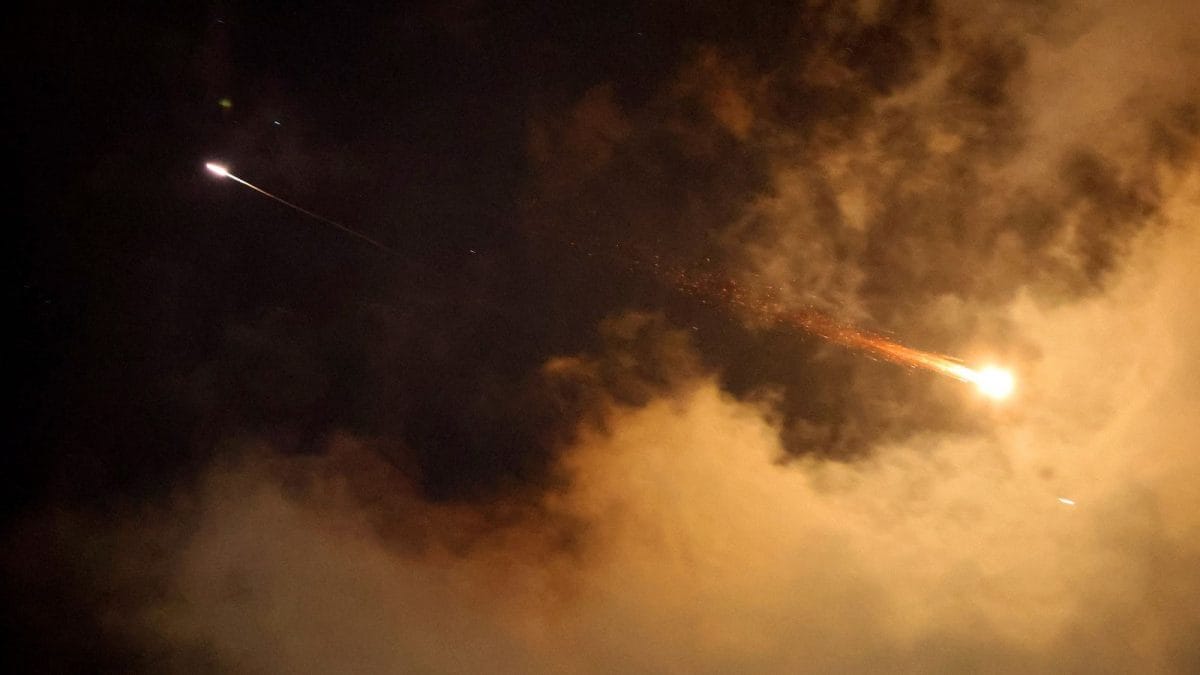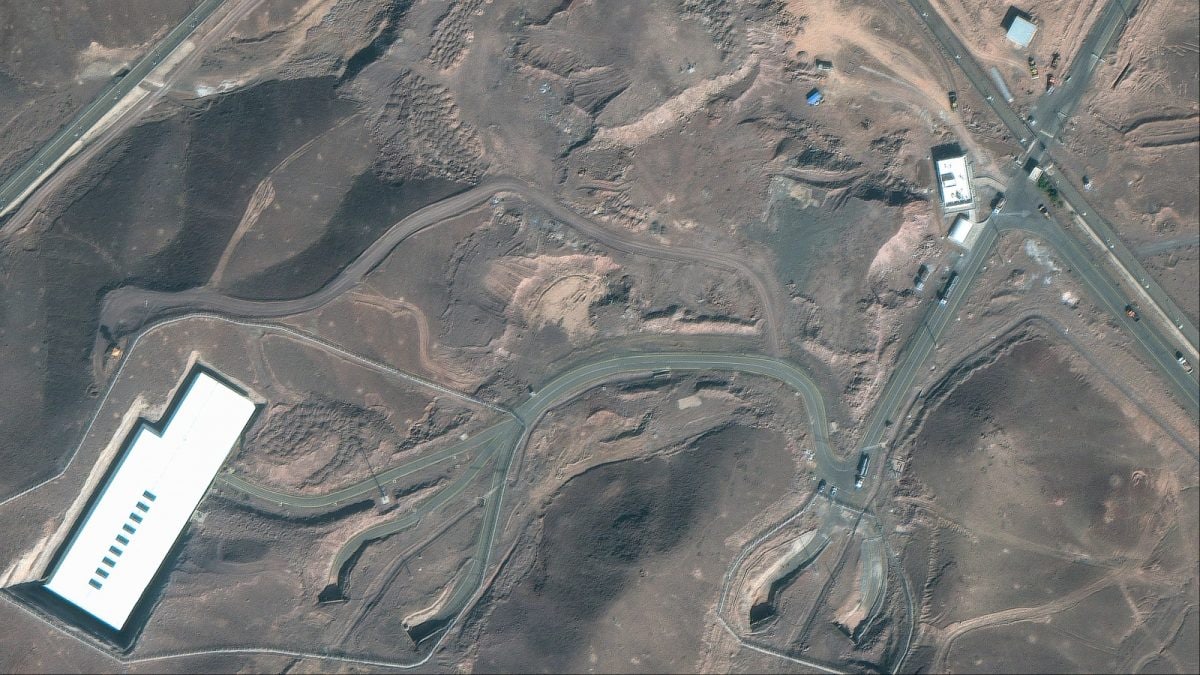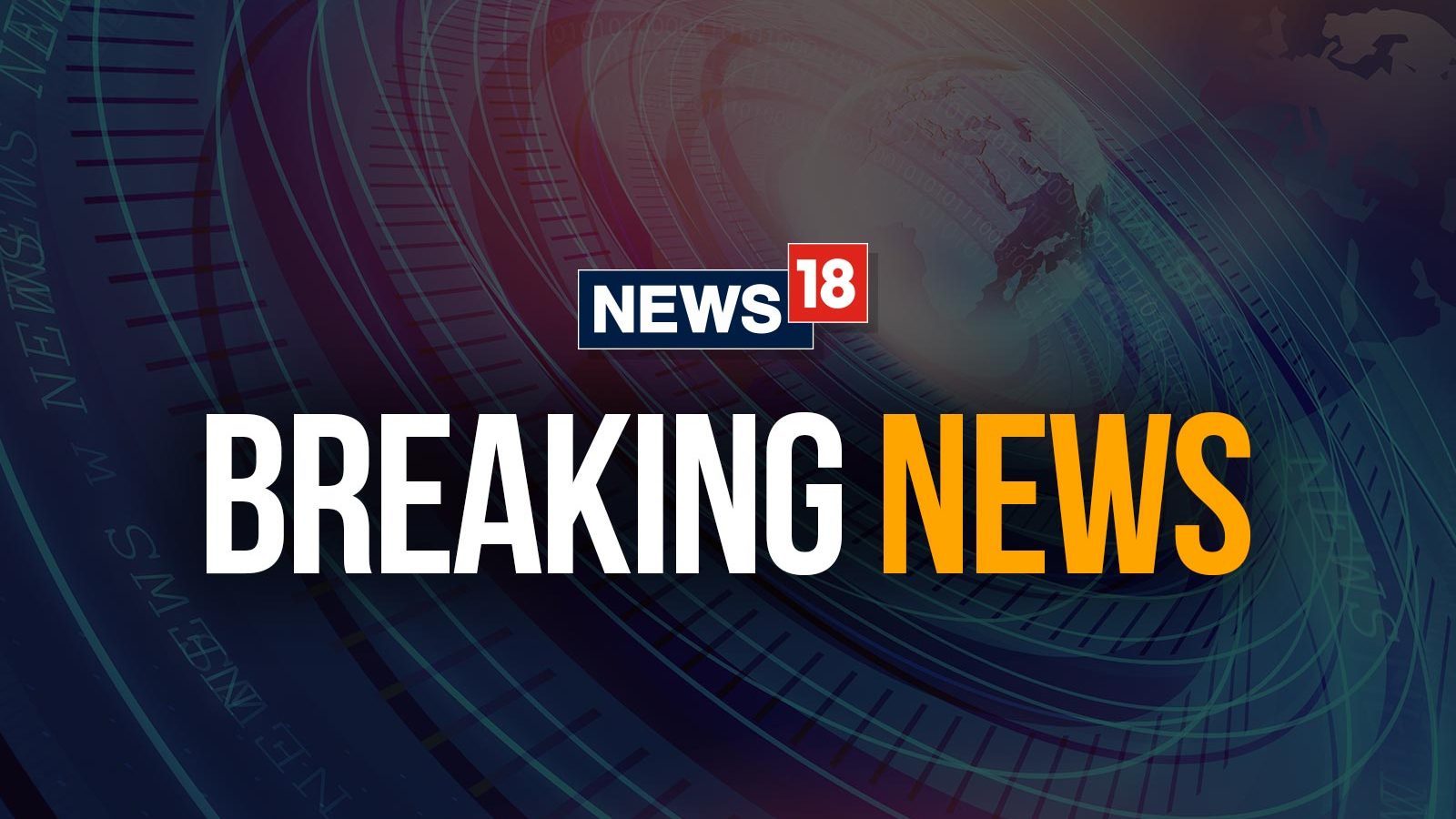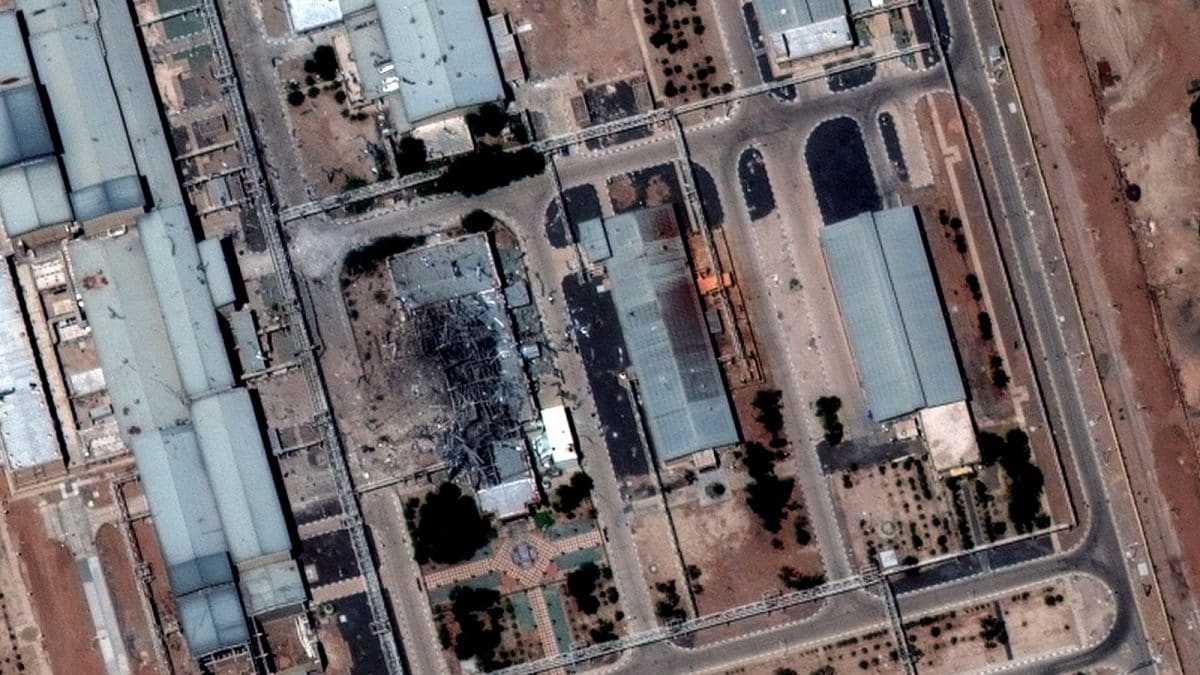Last Updated:June 23, 2025, 12:15 IST
With Iran threatening “severe consequences” after strikes on its nuclear sites, and proxy groups reportedly preparing retaliation, these are the US bases now most at risk

This combo of pictures show President Donald Trump and Iran’s Supreme Leader Ayatollah Ali Khamenei.
Israel-Iran Conflict: Tensions between Iran and the United States are at their highest point in years after US forces joined Israel in striking three of Iran’s key nuclear facilities — Fordow, Natanz, and Isfahan — in a surprise air assault. Tehran has vowed “severe consequences," and state media warned that “every American citizen or military personnel" in the region is now a legitimate target.
Hardline figures in Iran have called for missile strikes on US naval forces in Bahrain and a full closure of the Strait of Hormuz. As the Pentagon ramps up regional defence, US intelligence has warned that Iran may activate proxy militias across Iraq and Syria to carry out coordinated retaliation.
This explainer looks at key US military installations that could be in Iran’s crosshairs, and why they matter.
What Has Triggered Iran’s Latest Warning?
On Sunday, US aircraft participated in targeted airstrikes on Iranian nuclear facilities, reportedly destroying critical components of Iran’s uranium enrichment programme. In response, Supreme Leader Ayatollah Khamenei vowed “severe consequences." Iran’s state broadcaster escalated the rhetoric further, declaring that American citizens and soldiers in the Middle East would now be “on the target list."
Hossein Shariatmadar, editor of Iran’s hardline Kayhan newspaper and close to Khamenei, explicitly called for a missile strike on the US Navy’s Fifth Fleet in Bahrain and the closure of the Strait of Hormuz to American, British, German, and French ships.
Are Iran-Backed Militias Planning To Attack US Forces?
Yes, according to a report by The New York Times, US military and intelligence officials have detected signs that Iran-backed militias are preparing to attack US bases in Iraq and possibly in Syria. While no attack has occurred so far, officials cited by the NYT say Tehran’s proxy network is actively plotting retaliation. Iraqi officials, meanwhile, are trying to dissuade the militias from taking action.
Separately, an NBC report claimed that in the days leading up to the strike order by US President Donald Trump, Iran privately warned Washington through diplomatic backchannels that it could activate sleeper cells capable of launching terrorist attacks on US soil in response to strikes on its nuclear programme. This message reportedly reached Trump during the G7 summit in Canada last week and prompted him to leave early.
How Many US Troops Are In Iraq And Syria?
Roughly 2,500 US troops are currently deployed across Iraq, primarily as part of the international coalition against the Islamic State (ISIS). American forces are stationed at key locations, including Al Asad Air Base in Anbar province and Erbil Air Base in Iraqi Kurdistan.
The Iraqi government walks a diplomatic tightrope. It is aligned with both the United States and Iran, and has recently agreed to a timeline for the phased withdrawal of coalition troops from Iraqi territory.
In Syria, the US has maintained a limited troop presence at several outposts, most notably at Al Tanf Garrison in southern Syria. These deployments are aimed at preventing ISIS resurgence and countering Iranian arms supply routes to Hezbollah. However, the Pentagon announced in April that it plans to cut US troop strength in Syria by about 50 per cent, reducing the footprint to fewer than 1,000 soldiers.
Have US Bases In Iraq And Syria Been Attacked Before?
Yes. Following the start of the Israel–Hamas war in October 2023, Iran-backed militias carried out dozens of attacks on US positions in Iraq and Syria using rockets and drones. In retaliation, the US launched airstrikes on militia warehouses, drone facilities, and IRGC-linked sites. The tit-for-tat escalations briefly subsided earlier this year, but US intelligence now believes a fresh wave of proxy attacks is likely.
In 2020, after the assassination of Iranian General Qassem Soleimani, Iran directly struck Al Asad and Erbil Air Bases with ballistic missiles, injuring over 100 US troops. Those bases remain within missile range of Iran and are once again considered likely targets in any escalation.
Where Else Are US Forces Based In The Region?
Qatar – Al Udeid Air Base
The largest American base in the Middle East, Al Udeid hosts about 10,000 troops and dozens of aircraft. It also houses key elements of CENTCOM and supports air operations across the region. Roughly 40 US aircraft were recently withdrawn from the base, likely in anticipation of potential missile threats.
Bahrain – Naval Support Activity & Fifth Fleet HQ
This small island nation hosts the headquarters of the US Navy’s Fifth Fleet and US Naval Forces Central Command. Its deep-water port can accommodate aircraft carriers, destroyers, and mine-countermeasure ships. The base was specifically named by Iranian media as a target.
UAE – Al Dhafra Air Base
Home to the 380th Air Expeditionary Wing, Al Dhafra plays a critical role in surveillance and quick-strike capabilities. It supports operations with MQ-9 Reapers, F-22s, and other advanced aircraft. The UAE has reportedly increased missile defences at the site.
Kuwait – Ali Al Salem And Camp Arifjan
With over 13,500 US troops deployed, Kuwait serves as a logistical and airlift hub for regional operations. Ali Al Salem Air Base is home to the 386th Air Expeditionary Wing, while Camp Arifjan houses US Army headquarters for CENTCOM operations. Pre-positioned military hardware is stored here for rapid deployment.
Jordan – Tower 22
In January 2024, a drone attack on this border outpost killed three US troops and injured dozens. The Pentagon attributed the strike to Iran-backed groups. Tower 22 remains a vulnerable forward site in the event of escalation.
What Is The Role Of The Strait Of Hormuz?
The Strait of Hormuz is a narrow waterway separating Iran from the Arabian Peninsula, and one of the world’s most critical oil transit points. Around 20 per cent of global petroleum passes through this corridor daily. Iran has previously threatened to close the Strait during times of crisis, and the idea has resurfaced again with renewed warnings from Iranian hardliners.
A full-scale blockade would be seen as an act of war and would invite an immediate international military response, but Iran could use limited disruptions — such as deploying naval drones, sea mines, or conducting inspections — as a form of asymmetric pressure.
How Is The US Preparing For A Possible Attack?
In response to the heightened threat:
The US has strengthened missile defence systems at key bases across Qatar, Iraq, UAE, Bahrain, and Kuwait.American naval assets have been repositioned away from high-risk ports in the Gulf.The Pentagon has coordinated with host governments to boost security at forward operating bases.The US State Department has issued a “worldwide caution" to US citizens, warning of elevated risks from possible retaliation in the Middle East or beyond.Some embassies in the region, like Iraq and Lebano,n have ordered the voluntary departure of non-essential personnel and dependents, while similar authorisations have been granted for US military families in Bahrain, Kuwait, and the UAE amid escalating regional threats.What’s Next?
With credible intelligence pointing to Iran-backed militias gearing up for renewed attacks, US bases in Iraq and Syria are under heightened surveillance and defence. Proxy activity is expected to rise, especially if Iran chooses to avoid direct confrontation. Simultaneously, Tehran’s threat of activating sleeper cells adds a troubling dimension to homeland security concerns in the US.
Whether Iran retaliates overtly or covertly, the next strike, and where it lands, could define the trajectory of this crisis.

Karishma Jain, Chief Sub Editor at News18.com, writes and edits opinion pieces on a variety of subjects, including Indian politics and policy, culture and the arts, technology and social change. Follow her @kar...Read More
Karishma Jain, Chief Sub Editor at News18.com, writes and edits opinion pieces on a variety of subjects, including Indian politics and policy, culture and the arts, technology and social change. Follow her @kar...
Read More
News explainers Iran-Backed Militias Planning Strikes? A Look At US Bases In Middle East That May Be Targeted

 3 hours ago
3 hours ago
